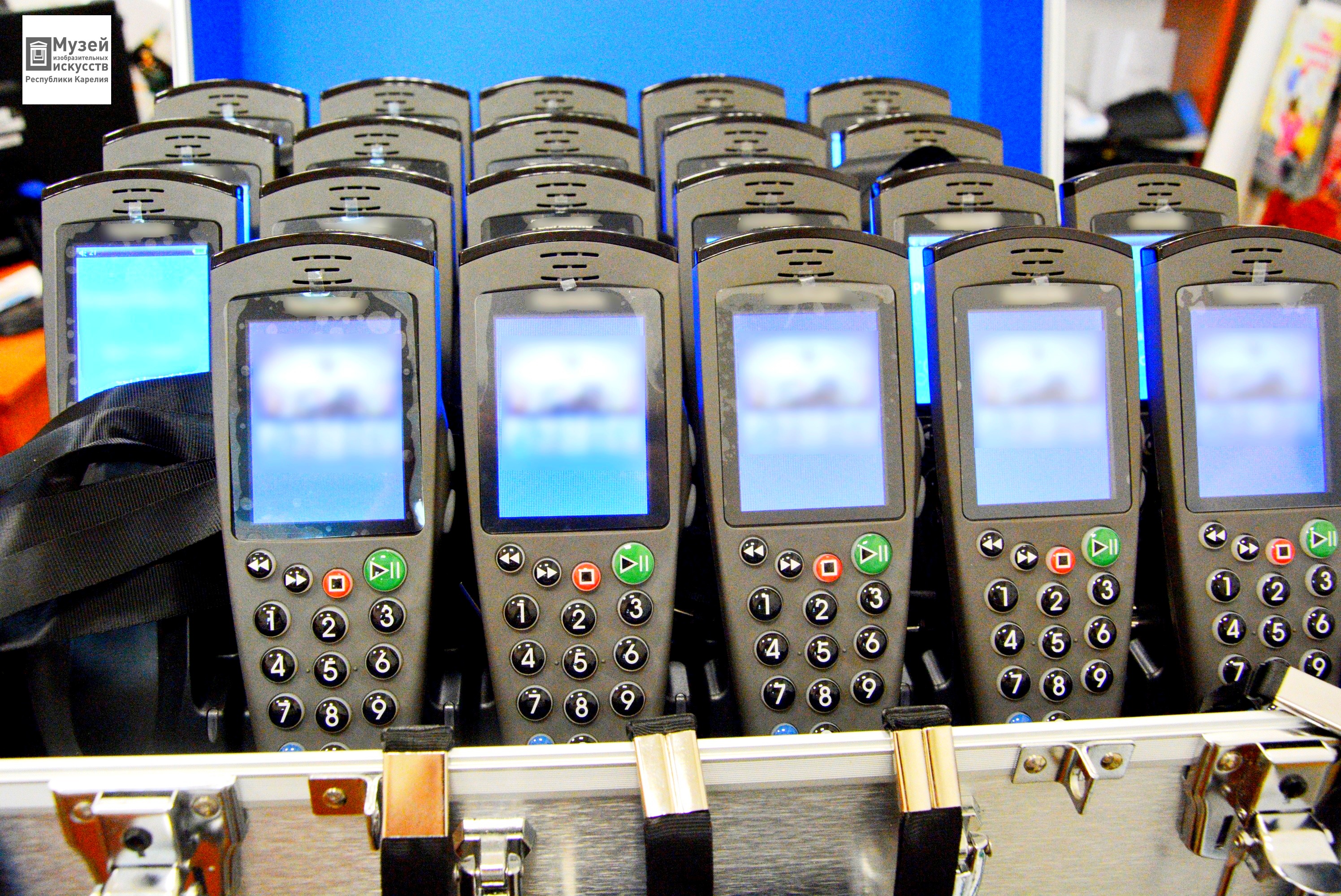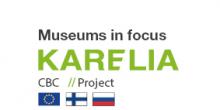New multimedia audio guides for tourists

Soon the guests of the Museum of Fine Arts of Karelia will be able to use a multimedia audio guide at the permanent exhibition.
Now in the Museum individual tourists are provided with audio guides in English and Finnish. The English language was chosen as one of the most widely-spread languages, and the Finnish – as the native language of our neighbors and frequent guests since the Republic of Karelia shares borders with Finland.
Recently the Museum has become popular with Chinese tourists. As a result the Museum initiated the project KA9021 “Museums in focus: the development of cultural services for Chinese tourists” (within “Karelia 2014-2020”, funded by the European Union, Finland and Russia), in which we, together with Joensuu Museums (Finland), are developing cultural services for Chinese tourists, including the audio guide service.
The Museum of Fine Arts of the Republic of Karelia managed to purchase new equipment before the quarantine period. The model of audio guides was chosen specifically for the project goals. The scientific researches show that for the Chinese people the visual channel is fundamental in the process of information perception. That is why, after the consultation with colleagues from some other museums, we chose a multimedia audio guide.
How does it differ from the traditional audio guide? The multimedia audio guide belongs to the newest generation of audio guides with color screens that can not only play audio tracks, but also accompanies them with pictures and even videos. It does not mean that the device cannot be used as a traditional audio guide. On the contrary, thanks to the large color screen, a visitor receives a new level of comfort and information perception. Multimedia capabilities allow to accompany audio tracks with synchronously changing pictures or with archival materials and photographs. With the multimedia audio guide a visitor can also control his way through the exhibitions. Today it is very important that the charging case for audio guides has a special disinfection function.
Now the Museum is planning not only to create an audio track in Chinese till the end of the year, but also to update completely the tracks for the museum’s permanent exhibition. Modernization of this service will allow the Museum to expand the range of services for foreign visitors and overcome the problems associated with the lack of guides and translators who speak Chinese.





